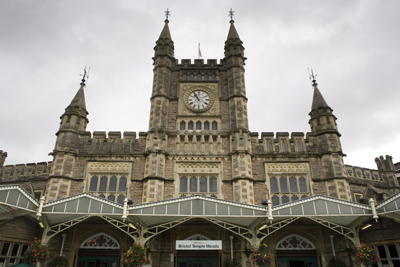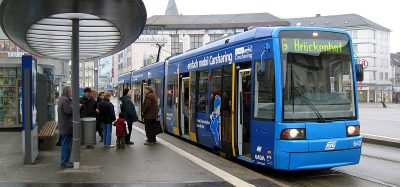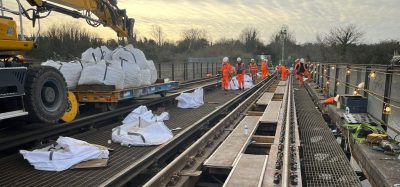Railway electrification makes progress in Bristol
Posted: 13 July 2016 | | No comments yet
Railway electrification on the Great Western Mine Line is making progress in Bristol in preparation for a new fleet of longer, faster, quieter and greener electric trains.


Railway electrification on the Great Western Mine Line is making progress in Bristol in preparation for a new fleet of longer, faster, quieter and greener electric trains.


Bristol Temple Meads station
As part of Network Rail’s Railway Upgrade Plan to provide a bigger, better, more reliable railway for passengers and businesses, railway electrification is taking shape in Bristol with progress being made on a number of sites in and around the city.
Preparation for railway electrification
The majority of the work being undertaken in Bristol is in support of the Filton Bank Four Tracking Capacity scheme, which will see the number of tracks between Temple Meads and Filton Abbey Wood doubled from two to four by 2018.
Once operational, this will allow more trains to run with more room for passengers, as well as enabling maintenance to be carried out without causing significant disruption to services. The track will also be electrified at a later date to allow the new fleet of electric trains to operate along the route.
Work has already been completed on the Boiling Wells underpass in St Werburgh’s and a new bridge was put in place on Easton Road earlier in the year as part of ongoing work, which is scheduled for completion in November this year.
Other work is currently ongoing on a bridge at Muller Road, while preparation work is continuing at Ashley Hill to replace the railway footbridge.
Network Rail will be undertaking further projects across the city on track and structures throughout the project to prepare it for electrification.
“This essential work will pave the way for electrification and the benefits that this will bring for local residents and commuters”
Network Rail’s Project Director for the West of England, Andy Haynes, said: “We are making excellent progress on our programme in the Bristol area. This essential work will pave the way for electrification and the benefits that this will bring for local residents and commuters. These include faster trains with more seats, more legroom, less noise and less pollution for those who live close to the railway line, as well as providing a wider economic boost for the city.
“Further work is planned over the next few months on bridges at Ducie Road, St Marks Road, Bannerman Road and Glenfrome Road. Traffic management arrangements will be in place where possible to allow the work to be safely undertaken, and we are working closely with Bristol City Council to minimise disruption for drivers.”
“The works are of a scale beyond anything we have seen in the Bristol area for a long time”
Cllr Mark Bradshaw, Cabinet Member for Transport at Bristol City Council, said: “The four tracking at Filton Bank and associated works are vital to modernising our local rail network and electrifying connections across the UK, particularly to London, Wales and potentially to the Midlands. The works are of a scale beyond anything we have seen in the Bristol area for a long time. Although disruptive, the end product will be more capacity to operate additional services, better trains and a more resilient network; all things we need as a growing city region.”






